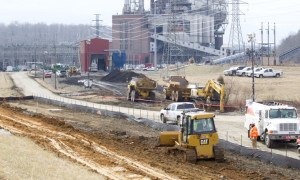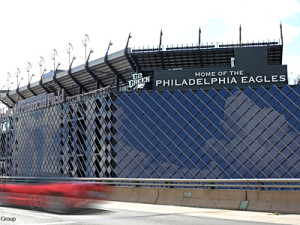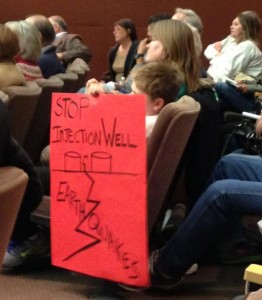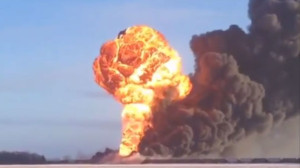After years in the making, this past Tuesday the Senate voted 68-32 in favor of the new Farm Bill, which is expected to be signed into law by President Obama in the next few days. While the nearly trillion dollar bill has received a lot of media attention on its relation to its cut of the Supplemental Nutrition Assistance Program (SNAP) which composes 80% of the bill’s budget, it’s crucial to look at the other 20% of the bill and its environmental implications.
The bill, for the most part, has drawn a lot of praise in regards to its environmental provisions . So-called ‘highlights’ of the bill include :
• Provisions for farmers to meet certain standards of environmental protection if they wish to be eligible to receive federal crop insurance
• Funding for farmers to create wildlife habitats on their land
• Funding for on-farm renewable energy
• Removal of so-called ‘anti-environmental’ riders
However, it is possible that one of the non-environmental provisions of the bill will have an unintended consequence – stripping soils of their nutrients and increasing runoff . Perhaps the most popular provision of the bill is the fact that it cuts ‘direct payments’ to farmers, or what many people have called “welfare for farmers” . These payments are subsidies for farmers based on how many acres of land they have, regardless of whether or not that land is farmed.
To cease what many see as handouts, the government as slashed this program and expanded its crop insurance program, one where the government pays the difference to farmers when slips in revenue and/or crop yield occur. While this is particularly useful in ensuring that there is ‘stable’ agricultural production, it also continues to incentivize producers (including many mega ‘agribusiness’ conglomerates) to produce as much as possible. Such large scale agricultural production can and has led to increased fertilizer runoff (causing aquatic ‘dead zones’ and contaminated drinking water ), nutrient-depleted soil and increased greenhouse gas emissions , due to insufficient environmental protection requirements.














